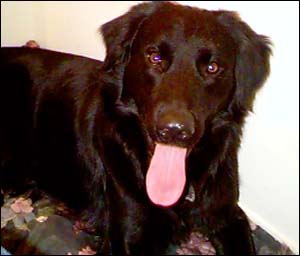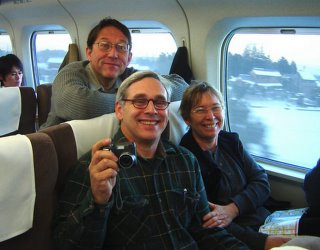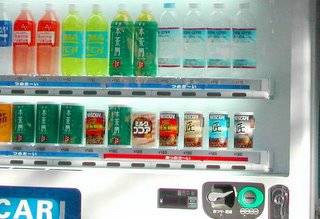 Each dog in our lives has his or her own special personality. Michelann has written a tribute to Zack on her blog at http://www.lyrico.com/me/index.html, which lovingly describes the dog that was Zack.
Each dog in our lives has his or her own special personality. Michelann has written a tribute to Zack on her blog at http://www.lyrico.com/me/index.html, which lovingly describes the dog that was Zack.For me, I'm finding it very difficult to look at a an empty paper towel roll and not think of Zack. One time he carried the carboard cylinder around for several days sticking it in our faces and in the faces of the other dogs to get us all to comment on his treasure and share his joy... I guess. After several days of this Bea (a dog of very little patience) got fed up, grabbed the paper towel cylinder from him and tore it to shreds. I have to admit we were all a bit relieved.
Socks were another treasure, especially the stinky dirty ones. He could be in and out of the laundry room in a flash, showing up back in the kitchen with a mouthful of sock. Another time he decided to forage the open dish washer. Shaun found him carrying around a knife in his mouth... a large one.
He also believed that all junk mail and packaging materials were his personal property... treasures to be admired by all who loved him. This was especially frustrating to Ladybug, who inherited her dad's appreciation for portable items and would often try to steal them from him by attaching her teeth to the other end. Shaun referred to this as the Kiss of Death. Zack would patiently hold onto his end as she tried to pull him around the room.
Flower pots were the funniest because he would grab the rim at the bottom of the circle instead of the top. A large pot would cover his eyes, causing him to walk into walls and chairs and other dogs.
 And of course Lady Bug is a ongoing reminder of Zack. All of our puppies were raised by Zack who taught them to play while Amber was weaning them. At first Amber wouldn't let Zack near her babies, but he hung around a lot waiting for a sign that she wanted his help.
And of course Lady Bug is a ongoing reminder of Zack. All of our puppies were raised by Zack who taught them to play while Amber was weaning them. At first Amber wouldn't let Zack near her babies, but he hung around a lot waiting for a sign that she wanted his help.When the time came, he was ready. The puppies would pile onto him (all eleven of them) to play. He'd have puppies biting his ears, pulling his tail and under his front paw. They learned to make the growling sound that changes in pitch with the intensity of the play and also the importance of savoring your food... that's eating it very slowly while the other dogs watch.
We miss him a lot, especially when we change the roll of paper towels, try to match up pairs of socks, throw away the junk mail without a nudge on the arm, or sit next to his empty chair in front of the television.

















